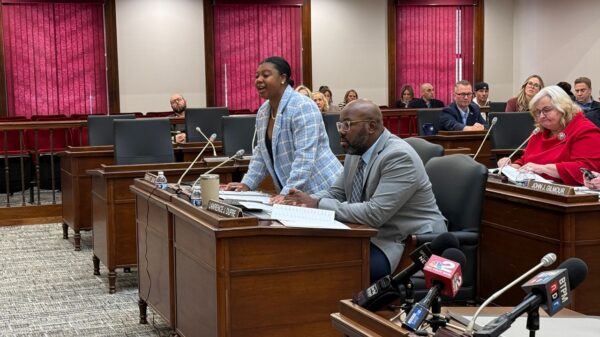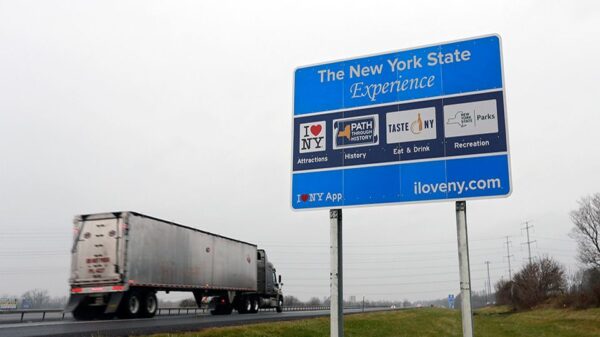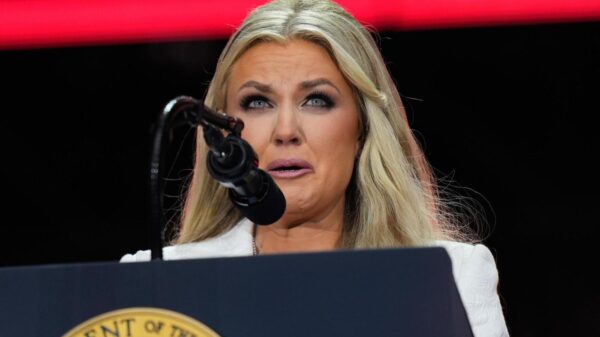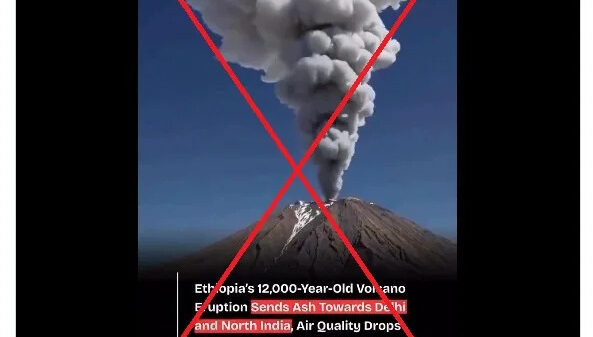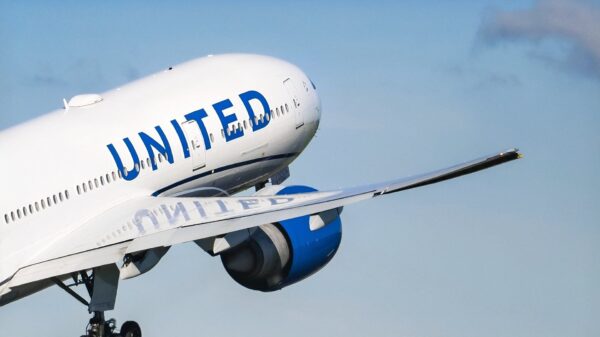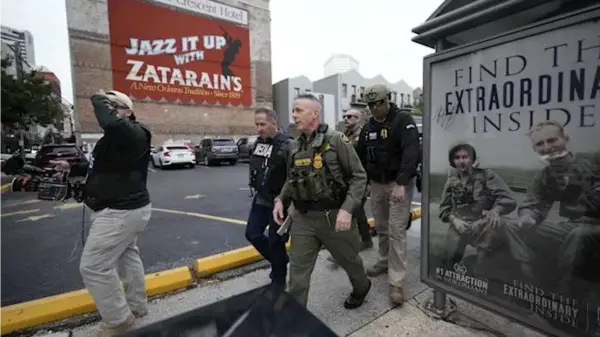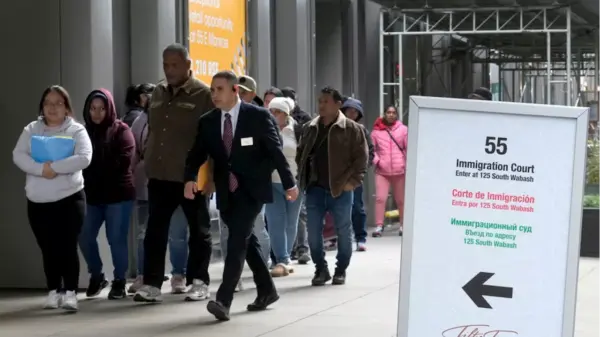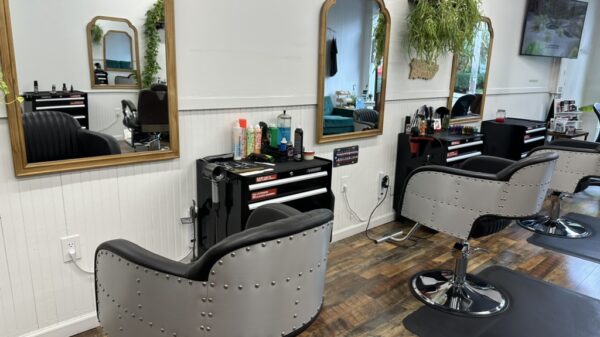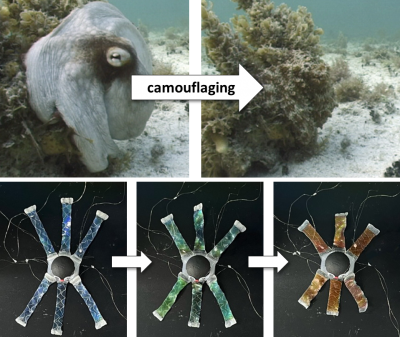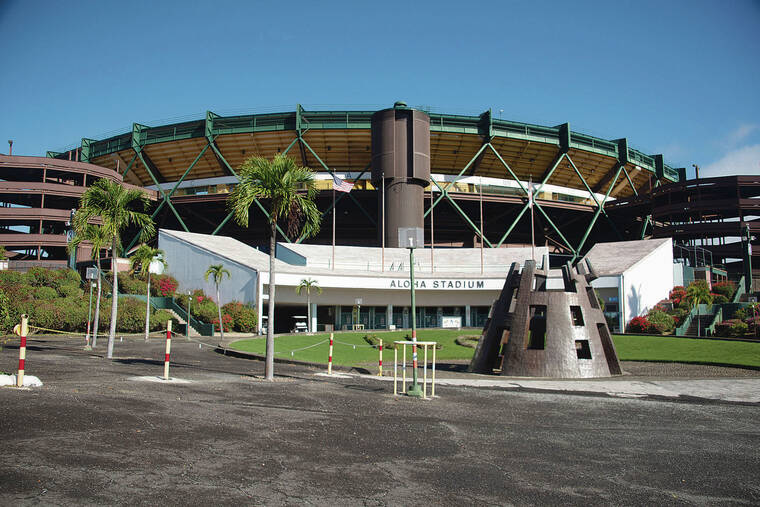The long-awaited replacement for Honolulu’s aging stadium has faced another setback, with officials now projecting completion in 2029, a year later than initially planned. The new facility, designed to accommodate 22,500 spectators, marks a significant reduction from the earlier vision of a 50,000-seat structure. This latest development is part of a complex initiative involving multiple independent operations aimed at revitalizing the area surrounding the stadium.
Honolulu Stadium, often referred to with affectionate cynicism as the “Termite Palace” and later the “Rust Palace,” has a storied history. Broadcaster Al Michaels, who called games for the Hawaii Islanders from 1968 to 1970, reminisced about the stadium’s charm, likening it to a tropical version of Brooklyn’s Ebbets Field. He described it as a “jewel” with vibrant grass and the scent of local delicacies mingling with beer and cigarette smoke.
The original Honolulu Stadium was home to both the University of Hawaii’s football team and the minor league Hawaii Islanders. The Islanders famously clinched their first Pacific Coast League championship in September 1975 before the wooden structure was demolished in 1976. Today, the site has been transformed into a public park, but the community has longed for a new venue.
Recent reports from the Star-Advertiser indicate that the timeline for the new stadium has shifted due to delays in construction processes. The vision for a massive sports facility has now shifted to a more modest plan, raising questions about the feasibility of such ambitious projects in the future.
The current proposal includes not only the stadium but also plans for the development of 93 acres around the site, with developers tasked to create a destination that combines restaurants, shops, and affordable housing. This initiative aims to transform the area into a vibrant hub akin to popular locales like Hawaii Kai or Kapolei.
The previous stadium, built with weathering steel, was intended to resist corrosion but ultimately succumbed to deterioration due to a combination of neglect and exposure to the elements. The structural issues became severe enough that officials were forced to condemn the property, leading to the current lack of a permanent sports venue in the state.
The blame for the delays and mismanagement in this project is widespread, with various stakeholders sharing responsibility for the inadequate planning and oversight. As Hawaii navigates these challenges, the community’s hopes for a new stadium remain at the forefront, yet the path ahead appears fraught with obstacles.
Richard Borreca, a political columnist, continues to provide insights into the evolving situation. He can be reached at [email protected] for further commentary on this pressing issue.




